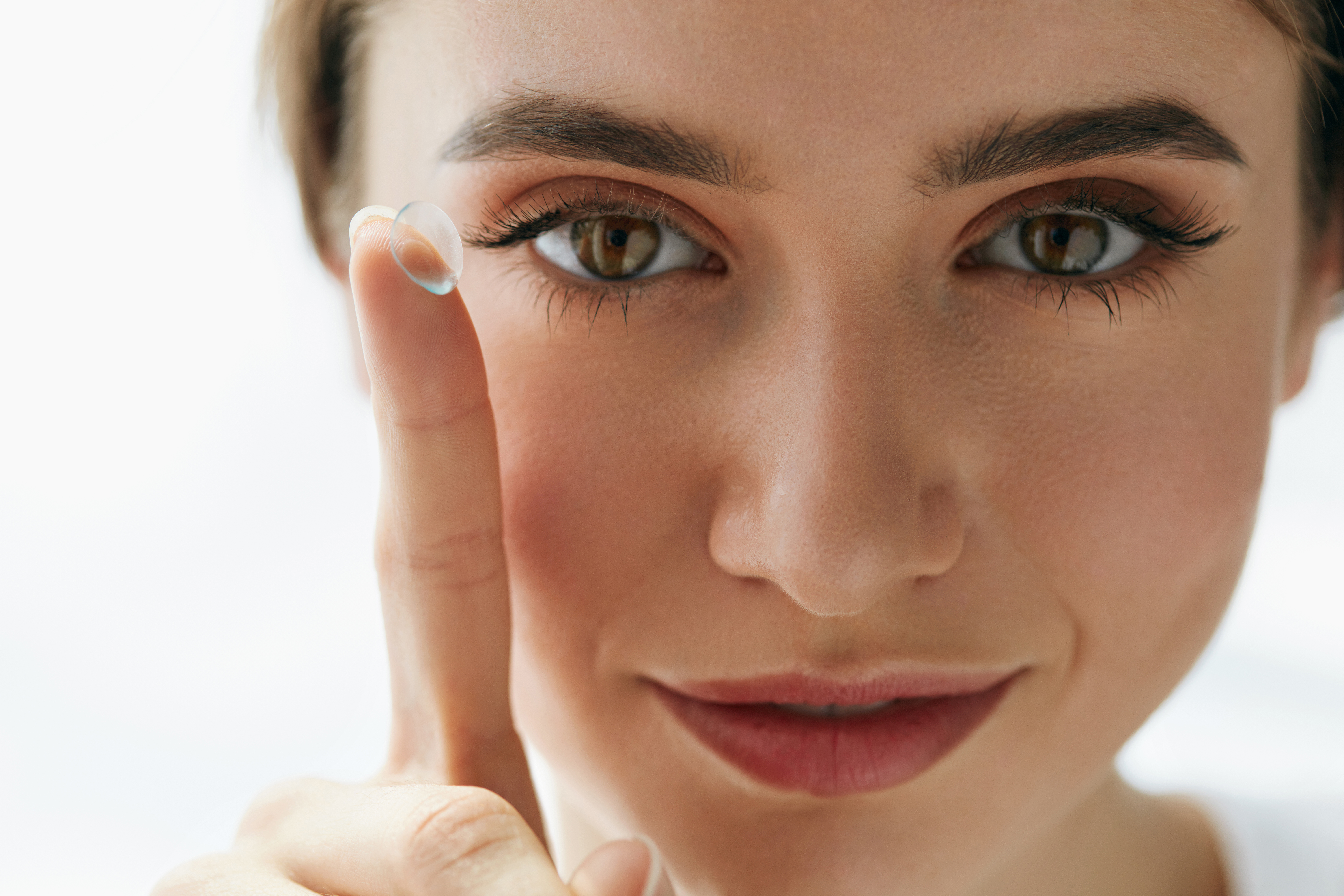Avoiding contact lens infections
October 2, 2018

An outbreak of a rare, potentially blinding eye infection has hit the UK.
This infection, Acanthamoeba keratitis, tends to be linked to poor contact lens hygiene. Although current cases are spiking in the southeast of England, it’s possible to contract this infection – and infections like this – just about anywhere.
What is keratitis?
Keratitis is an inflammation of the cornea. Although not all cases of keratitis happen because of improper contact lens care, many of them do. Keratitis is also known as a corneal ulcer.
The current outbreak is a relatively rare variation of the condition caused by Acanthamoeba, a genus of amoebae found in soil, fresh water, and other habitats. In Acanthamoeba keratitis, the amoeba becomes stuck in the cornea and eats away at the eye, potentially resulting in vision loss.
Less serious (and more common) types of keratitis include viral, bacterial, and fungal. All forms can result in vision loss if left untreated.
What are symptoms of keratitis?
Symptoms of keratitis include:
- Red eyes
- Blurry vision
- Eye pain
- Tears or discharge
- Increased sensitivity to light
- Feeling like something is in your eye
If you experience any of these symptoms, you should contact your eye doctor immediately.
How do I avoid keratitis?
Keratitis can be caused by injuries, viruses, or contaminated water. It can also be caused by failing to follow proper contact lens hygiene. In fact, keratitis is the most common infection associated with wearing contact lenses.
To avoid contact lens infections:
- Don’t sleep in your contact lenses
- Clean your lens cases regularly
- Rub your lenses with a solution while cleaning them
- Never reuse or top off contact lens solution
- Don’t wear your contacts in the shower, bath, hot tub, pool, or ocean
- Replace your contact lens case at least three times a year
How is keratitis treated?
If you suspect that you’re suffering from keratitis, your doctor will perform a detailed eye examination. Your doctor may also take a sample of your tears or corneal cells to determine the best course of treatment.
- Noninfectious keratitis may not involve any treatment. However, severe cases may require prescription eye drops or an eye patch.
- Bacterial keratitis is typically treated through antibacterial eye drops. Severe cases may require oral antibiotics.
- Fungal keratitis is treated through antifungal eyedrops and oral antifungal medication.
- Viral keratitis may benefit from antiviral eyedrops and oral antiviral medications. Unfortunately, viral cases of keratitis may reoccur despite treatment.
- Acanthamoeba keratitis should be treated with antibiotic eye drops. This is the most serious form of keratitis, and it may be resistant to treatment.
If keratitis causes permanent damage to your cornea, you may need a cornea transplant.
Although most people think that contact lenses are a safe alternative to LASIK, it’s important to keep in mind that anything can harm your eye when you fail to take proper precautions. Anh Nguyen Ophthalmology encourages our patients to follow proper contact lens hygiene and receive regular comprehensive eye examinations. For more information about how to keep your eyes safe, contact us today.




